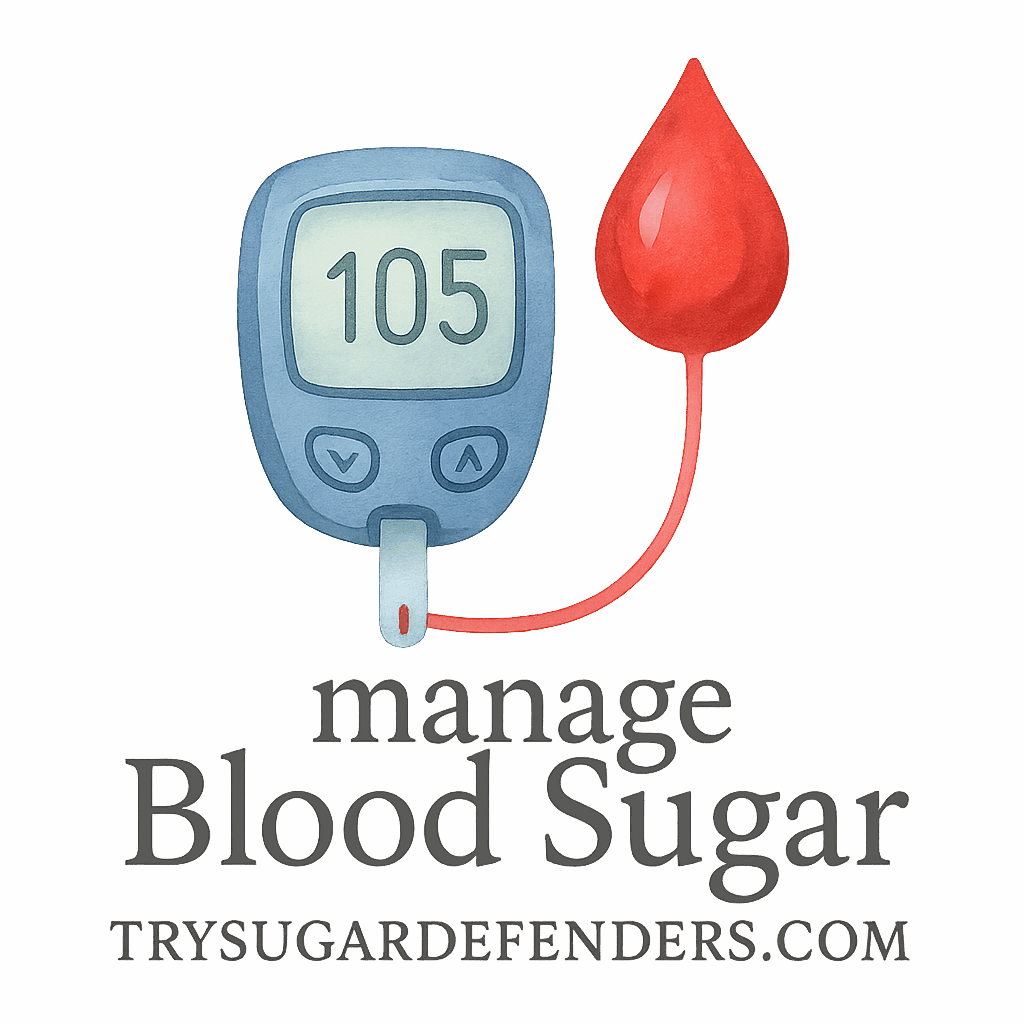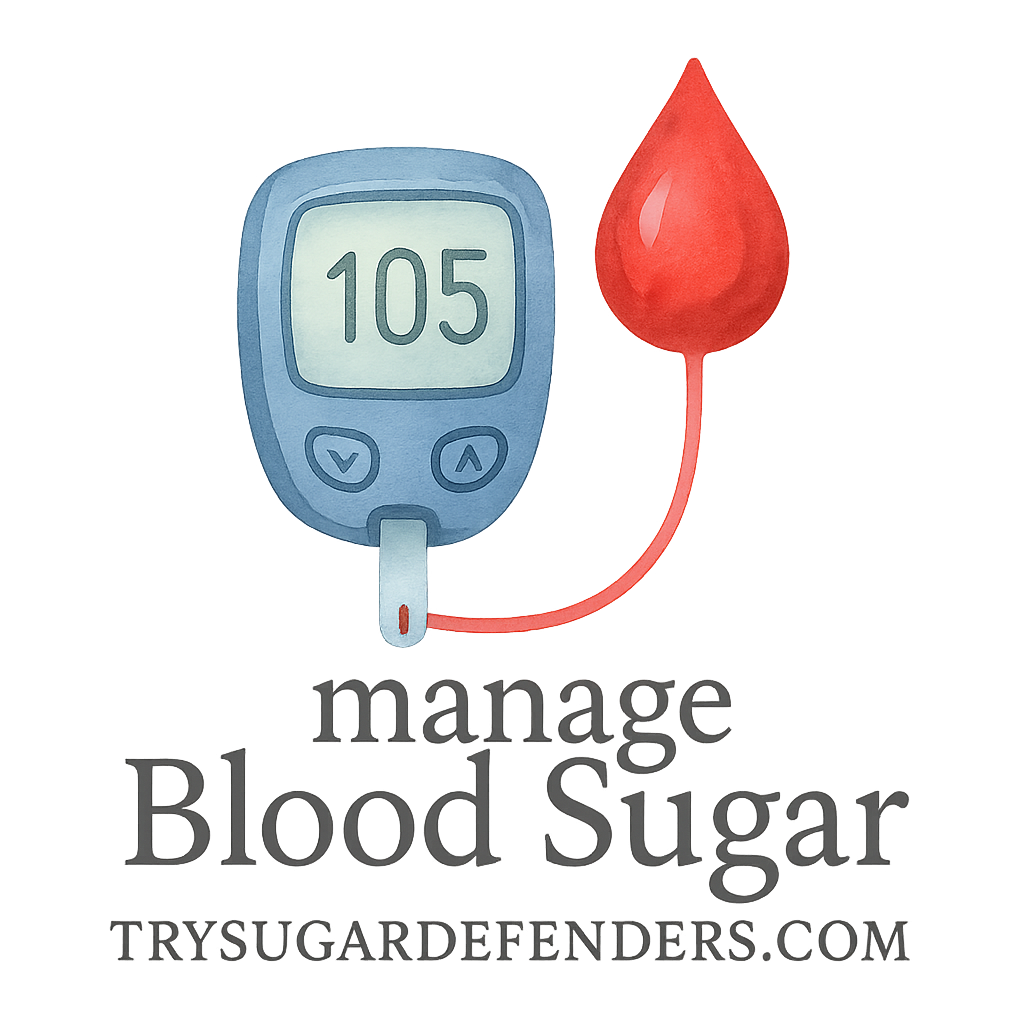Living with fluctuating blood sugar can feel like an emotional rollercoaster. One moment you’re feeling fine, and the next, your energy crashes. But what if I told you your brain holds a few powerful keys to help manage that ride? That’s where cognitive behavioral strategies come into play.
Let’s explore five practical Cognitive Behavioral Therapy (CBT)-based tricks that can help you take back control of your blood sugar naturally—by simply changing how you think.
Understanding the Connection Between Mind and Glucose
Why Your Mindset Matters in Blood Sugar Management
Blood sugar control isn’t just about what’s on your plate—it’s also about what’s on your mind. Your thoughts, beliefs, and habits directly influence your stress levels, food choices, physical activity, and sleep—all of which are key factors in blood sugar regulation.
A stressed brain can spike cortisol, which in turn increases blood sugar. A motivated, calm mind? It fosters healthier choices and promotes balance.
Check out these mind-body methods in detail at the Behavioral & Mental Strategies Guide.
What is Cognitive Behavioral Therapy (CBT)?
CBT is a proven psychological method that helps people change unhelpful thoughts and behaviors. It’s widely used to manage depression, anxiety—and yes, even chronic conditions like diabetes. The best part? You don’t need to see a therapist to use CBT techniques. You can apply these tricks yourself starting today.
Trick #1: Recognize and Replace Negative Thought Patterns
How Negative Thoughts Affect Blood Sugar
Ever notice how one bad thought spirals into a bag of chips or skipping a walk? That’s cognitive distortion at work. Negative thinking can lead to poor choices that drive your glucose levels through the roof.
CBT Techniques for Thought Replacement
The trick here is simple: catch the thought, challenge it, and change it.
Example Exercise: Thought Journaling
Grab a notebook. Write down a thought like:
“I’ll never get my sugar under control.”
Now ask:
- Is this 100% true?
- What’s a more balanced version?
New thought: “I’ve had struggles, but I’m learning new tools every day.”
This shift can help you make empowered decisions instead of emotional ones.
For more on psychological tools, browse the Mental Strategies Tag.
Trick #2: Set Realistic Goals and Micro-Habits
The Psychology Behind Goal-Setting
Setting vague goals like “eat healthier” leads nowhere fast. But specific, achievable goals—like “eat a vegetable at lunch every day”—are game changers. Your brain loves structure and small victories.
Small Wins and the Power of Micro-Habits
When your brain experiences a “win,” it releases dopamine, a feel-good hormone. That motivates you to keep going. Stack enough small wins, and you’ve got a new routine.
Create Your Personal Behavior Plan
Try using this method:
- Goal: Walk for 10 minutes after dinner.
- Cue: Finish your meal.
- Reward: Feel accomplished and maybe treat yourself to a relaxing video.
Need help designing your routine? See Exercise & Lifestyle Strategies.
Trick #3: Identify Emotional Eating Triggers
The Emotional-Blood Sugar Rollercoaster
Emotional eating is one of the most common reasons blood sugar spirals. Stress, boredom, loneliness—these emotions often lead us to sugar-heavy comfort foods.
Cognitive Reframing Techniques
Reframing means looking at a situation from a new angle. Instead of saying, “I need sugar to feel better,” you say, “I’m feeling overwhelmed, and I need comfort—not cookies.”
Emotional Awareness Worksheet
Create three columns:
- What happened?
- What emotion did I feel?
- What could I do instead?
Just 5 minutes of journaling daily helps break the habit loop.
Explore more on how emotions affect glucose in the CBT Tag Library.

Trick #4: Use Visualization and Mental Rehearsal
Train Your Brain for Success
Elite athletes use visualization to win. You can too. Picture yourself calmly refusing dessert or happily exercising. When you mentally rehearse positive behaviors, your brain starts to believe and act on them.
Guided Visualization for Healthy Choices
Sit somewhere quiet. Close your eyes. Picture:
- Walking past the vending machine
- Smiling as you grab your prepared snack instead
Practice daily for lasting behavior change.
Mental Rehearsal Sample Script
“I’m walking into the kitchen. I see cookies on the counter. I take a breath. I smile and reach for my fruit bowl instead. I feel proud.”
This trains your automatic responses.
Trick #5: Practice Self-Monitoring and Reflection
CBT and Self-Tracking Tools
Monitoring your actions, meals, thoughts, and blood sugar levels builds awareness. Awareness leads to better decisions.
Use a notebook or a digital app that tracks mood, behavior, and blood sugar together.
Turn Reflections into Motivation
Reflection is where real growth happens. At the end of each day, ask:
- What did I do well?
- Where did I struggle?
- What will I do tomorrow?
Use Digital Devices for Daily Tracking
Blood sugar monitors and wearable fitness devices can provide real-time insights. Check out Monitoring & Tracking Tools for smart devices that keep you motivated and informed.
Also, visit Devices Tag for comparisons and reviews.
Bonus Tips to Reinforce Cognitive Strategies
Social Support and Accountability
Don’t go it alone. Share your CBT goals with a friend or support group. Accountability doubles your chances of success.
You could also schedule check-ins with your doctor or diabetes coach. See our guide to Doctor Consultation Strategies.
Seeking Professional CBT Coaching
Sometimes we all need a boost. Professional CBT coaching can supercharge your results—especially if you struggle with stress eating or sugar addiction.
Explore trusted methods in the Behavioral Guide.
Conclusion
Managing blood sugar doesn’t always require a drastic diet overhaul or hardcore workouts. Often, it starts with shifting your mindset. By applying these 5 Cognitive Behavioral Tricks, you can outsmart your cravings, overcome emotional eating, and build healthy habits that stick.
It’s not about being perfect—it’s about being aware and making small, daily shifts that align with your goals. Combine these mental tools with practical resources like those found at Sugar Defenders, and you’re well on your way to thriving—not just surviving—with better blood sugar control.
FAQs
1. Can CBT really help lower my blood sugar?
Yes! CBT helps by changing behaviors and reducing stress, which both play major roles in managing glucose.
2. What’s the difference between CBT and mindfulness?
CBT focuses on thoughts and behaviors, while mindfulness is about staying present. Both work well together for managing blood sugar.
3. How long does it take to see results from these tricks?
Many people see positive changes in mood and choices within 1–2 weeks. Blood sugar improvements may follow within a month.
4. Do I need a therapist to use CBT tricks?
Nope. These tricks are self-guided and perfect for beginners. However, a coach or therapist can enhance your journey.
5. Is it okay to use these strategies alongside medication?
Absolutely! Behavioral strategies enhance medication effectiveness. See more at Medical Supplements Support.
6. What apps can I use for self-monitoring?
Apps like MySugr, Glucose Buddy, and Fitbit help track mood, activity, and blood sugar together.
7. Can CBT tricks help if I’m pre-diabetic?
Yes! The earlier you start, the better your chances of preventing full-blown diabetes. Visit Diet & Nutrition Tools for additional prevention tips.


